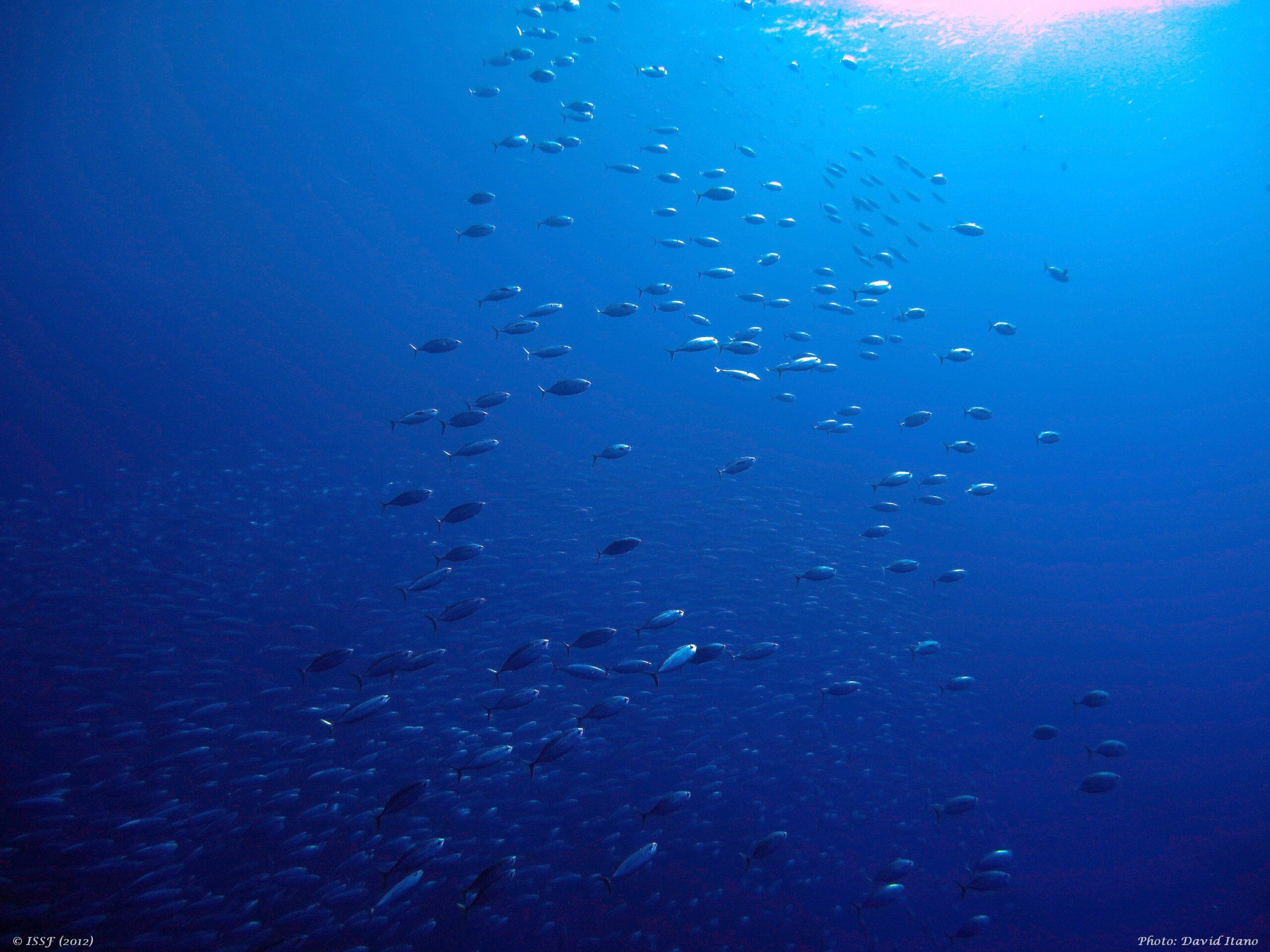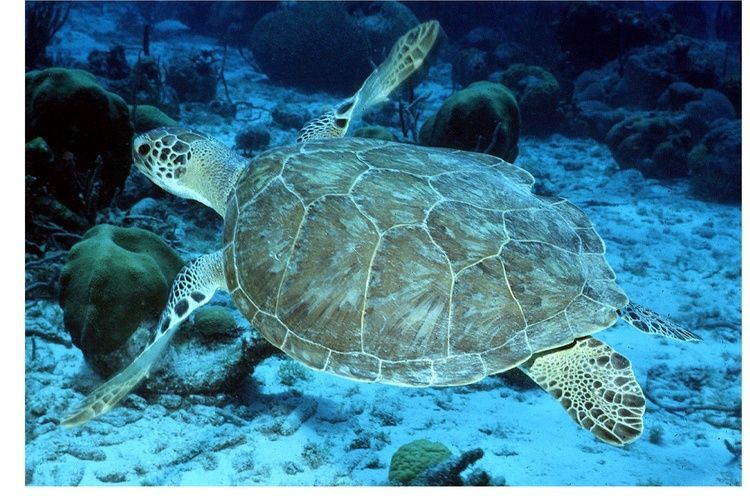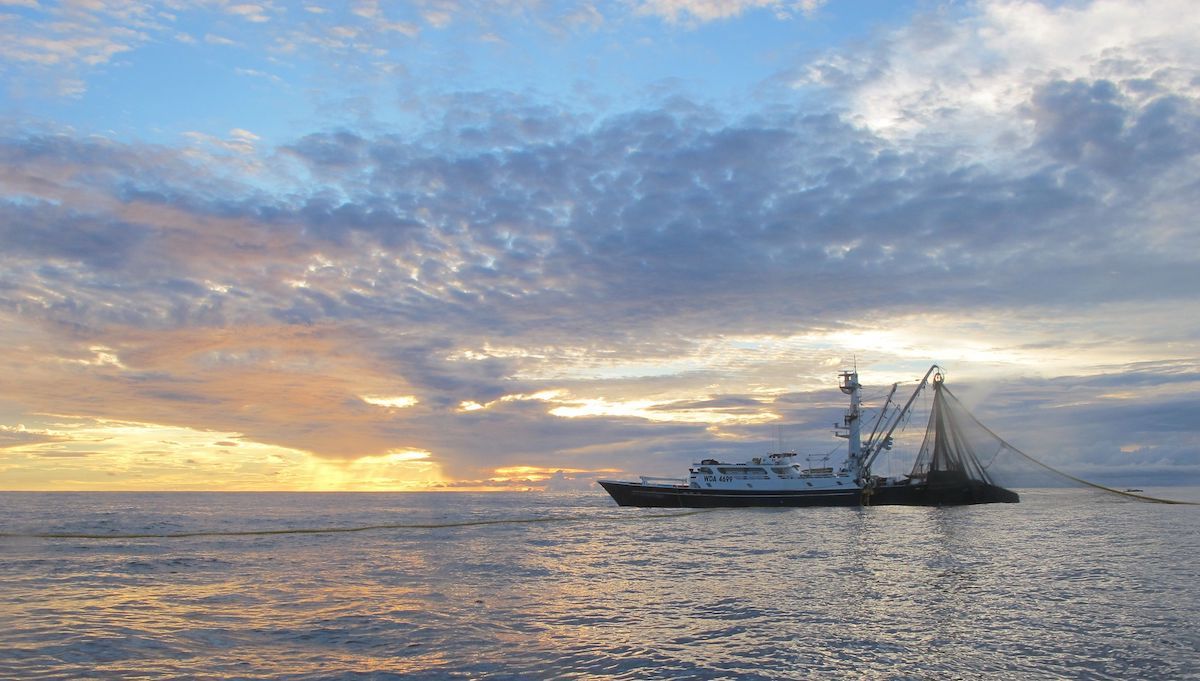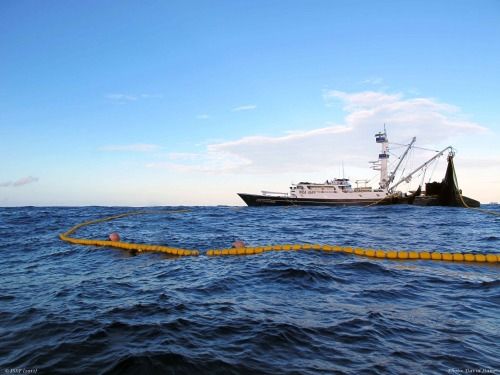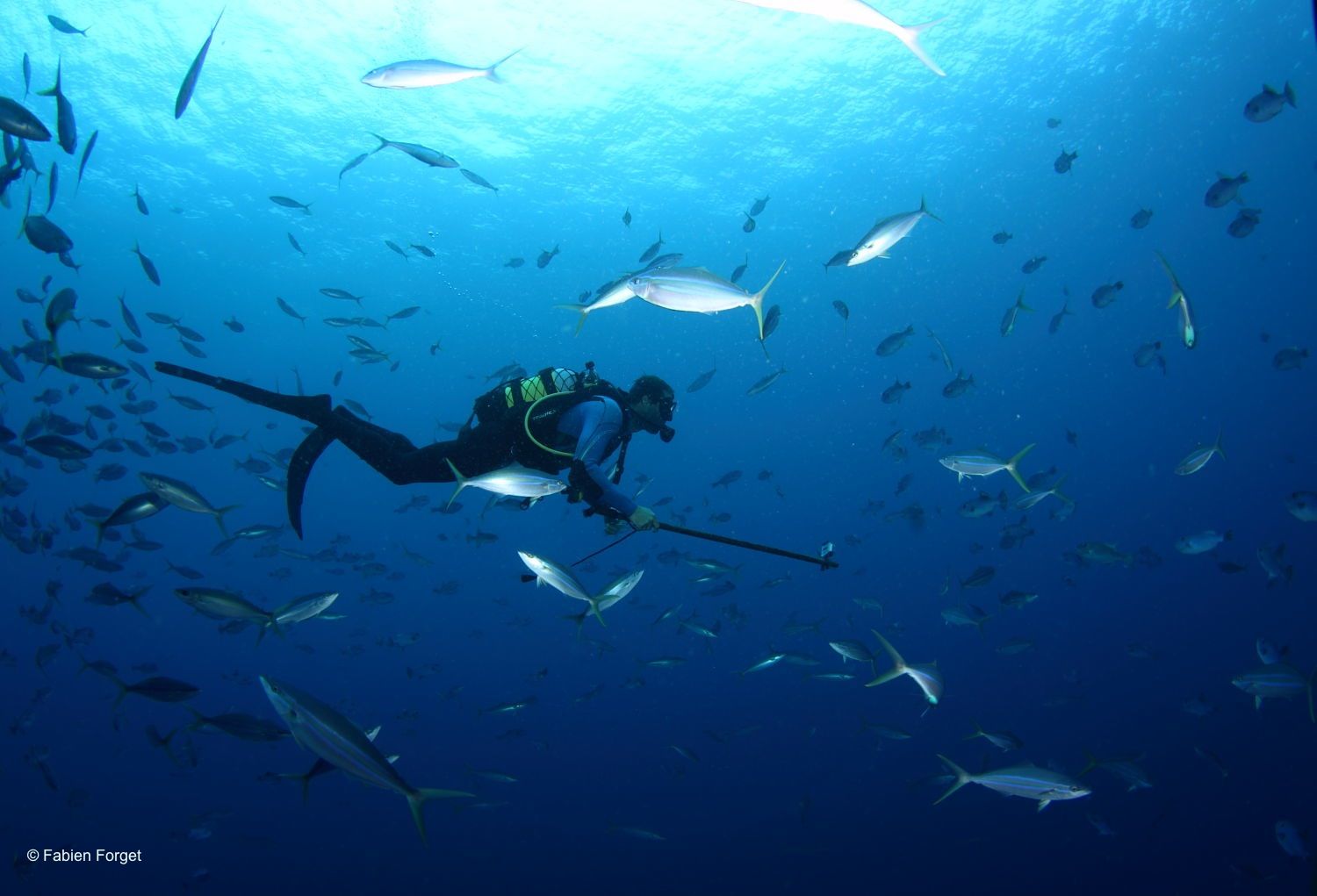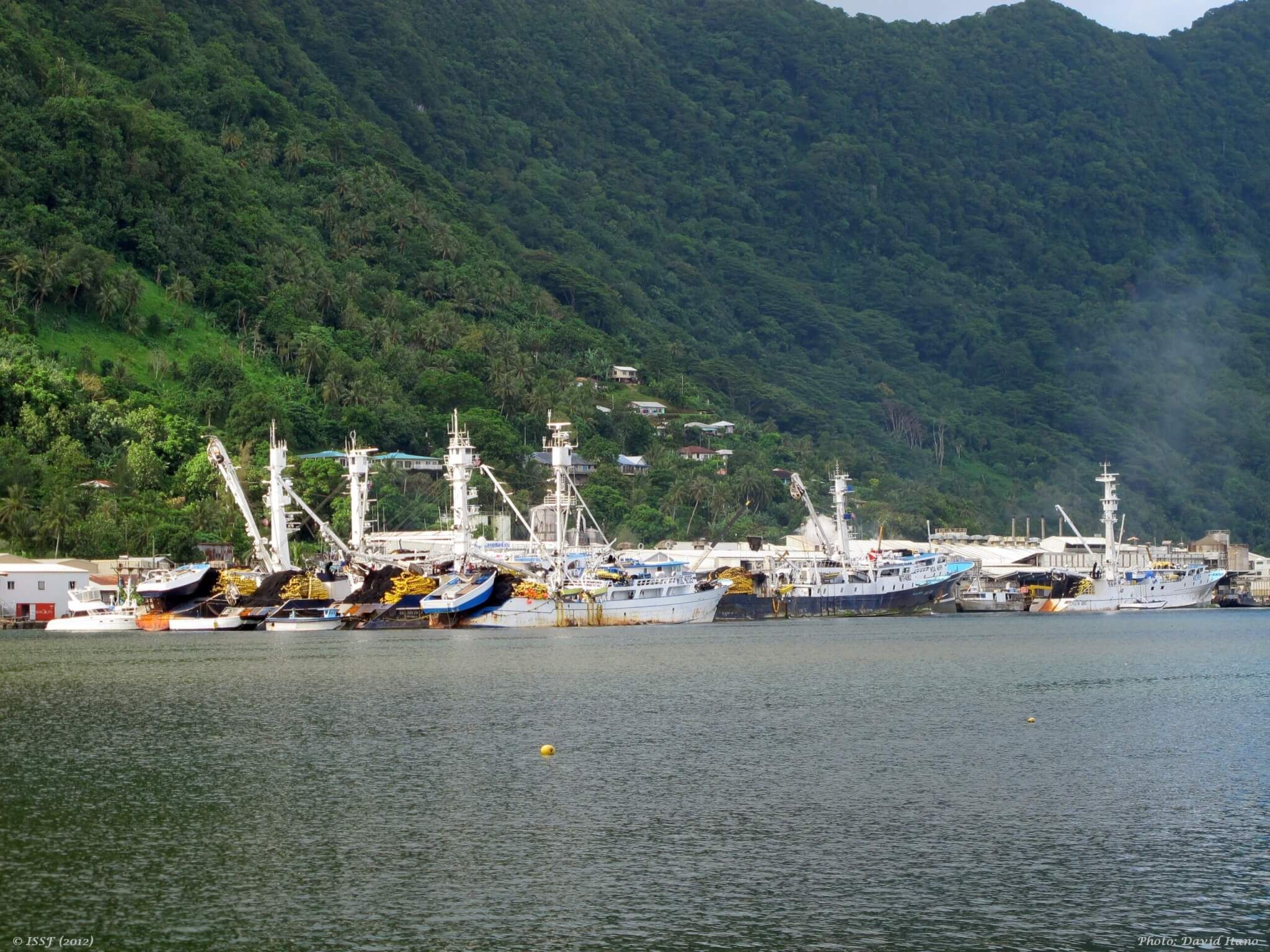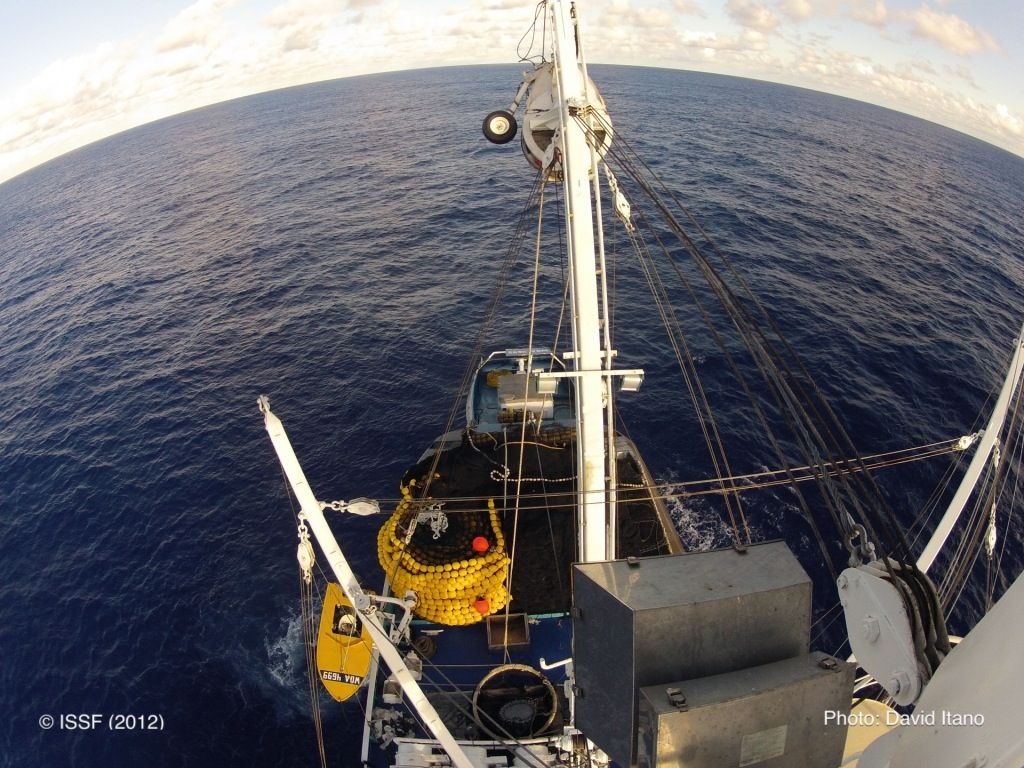99.6% Compliance & New Tuna Sustainability Measures | NEW REPORT: ISSF Conservation Measures & PVR Vessel Compliance
Featured News
ISSF Annual Compliance Report Highlights Industry Progress in Tuna Sustainability and New Conservation Requirements
Report shows 99.6% conformance by participating companies with 33 ISSF conservation measures and 77.5% conformance by PVR-listed vessels with 12 measures
ISSF has published its latest ISSF Annual Conservation Measures & ProActive Vessel Register Compliance Report, showcasing the continued commitment of participating companies to sustainable tuna fisheries and responsible supply chains.
For the 2024 audit period, the 24 ISSF participating companies achieved a 99.6% conformance rate across 33 ISSF conservation measures. The report also presents the first audited results for Conservation Measure (CM) 2.5 – Transparency in Reporting Progress Against ISSF’s Five-Year Goal and for the reduction in sourcing Indian Ocean yellowfin tuna, newly in effect under CM 1.3 – IOTC Yellowfin Tuna Rebuilding. In addition, it summarizes the aggregate compliance of vessels on the ProActive Vessel Register (PVR) with ISSF measures applicable to vessel operations.
Feature Content
New and Notable ISSF Conservation Measures Audited
The ISSF Annual Conservation Measures & ProActive Vessel Register Compliance Report shows that, in 2024, all 24 ISSF participating companies achieved full conformance with CM 2.5 – Transparency in Reporting Progress Against ISSF’s Five-Year Goal. This measure requires companies to report the proportion of their tuna purchases from sustainable sources — such as Marine Stewardship Council (MSC)-certified fisheries or comprehensive Fishery Improvement Projects (FIPs) — and to provide roadmaps for improvement.
“Adding CM 2.5 to our compliance reporting reinforces ISSF’s commitment to continuous improvement and full supply-chain transparency,” said ISSF President Susan Jackson. “This measure gives retailers, NGOs, and other stakeholders the verified data they need to track how companies are advancing responsible sourcing in real, quantifiable terms.”
The report includes charts illustrating this newly audited individual company performance under CM 2.5. One chart shows the percentage of purchases by fishery source (e.g., MSC-certified fisheries, MSC-assessed fisheries, comprehensive FIPs), while the other details purchases by supplier type (e.g., ISSF participating companies, direct-from-vessel transactions). Together, these provide a clear view of how companies are progressing toward ISSF’s Five-Year Goal.
The report also shows that 22 of 24 ISSF participating companies were in full compliance with ISSF CM 1.3 – IOTC Yellowfin Tuna Rebuilding for the 2024 audit year. This measure supports stock recovery by requiring companies to publicly commit to and implement plans to reduce their sourcing of yellowfin tuna from the Indian Ocean. The specific requirement for companies to achieve sourcing reductions of 11% to 22%, based on their average annual Indian Ocean yellowfin purchases from 2017–2019, was newly audited and reported in this year’s compliance report.
“The Scientific Committee of the Indian Ocean Tuna Commission stated that larger catch reductions could allow the stock to recover sooner with a greater probability,” said Dr. Victor Restrepo, Chair, ISSF Scientific Advisory Committee. “Taken together, ISSF participating companies reduced sourcing of Indian Ocean yellowfin by 32.5%, well exceeding the intended goal of CM 1.3.”
“The adoption of CM 1.3 has been instrumental in aligning seafood industry practices with Indian Ocean Tuna Commission rebuilding efforts,” said marine scientist Dr. Andrew Rosenberg, Vice Chair, ISSF Board of Directors. “By setting a clear, science-based, measurable standard for sourcing reductions, the measure helps companies contribute directly to easing fishing pressure on the overfished yellowfin stock. This effort is essential for achieving sustainable fisheries.”
ISSF in the News
Tuna Sustainability and The Work of the International Seafood Sustainability Foundation
How To Protect The Ocean Podcast
ISSF Expands Tuna Vessel Best Practices Tracked in VOSI Transparency Tool
Fish Focus

